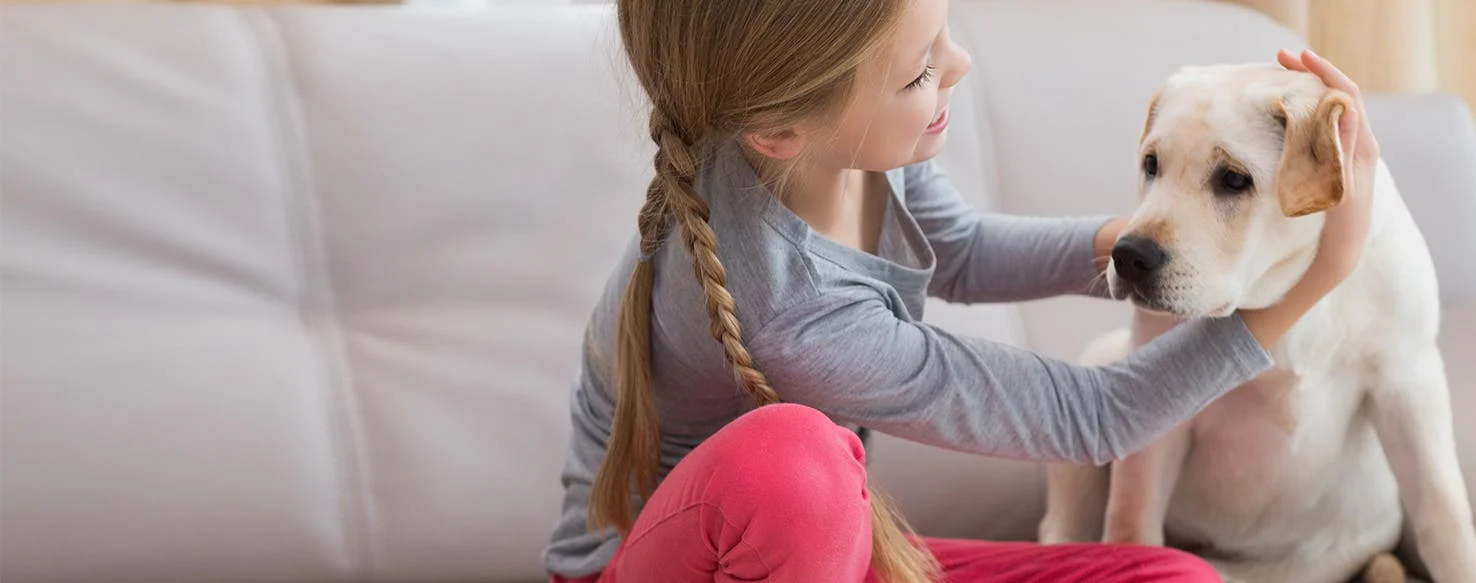
Dogs communicate with humans in a way that is difficult for most people to understand. If a dog’s tail is wagging, it means that their owner thinks the dog is happy. This is not always true. Waving the tail can indicate that the dog is happy. It depends on the speed and how high the tail is held.
Signs a Dog is Faking Happiness
Dogs communicate with humans using body language. We are not always able to read subtle signals, which is a problem. As an example, take the tail wag. Most dog owners interpret a wagging tail as a happy dog. This is dangerous and can lead to incorrect interpretations of the tail wag.
A dog who wags in a stiff rhythm and holds their tail down may signal aggression. A dog that has their tail between the back legs and whips to-and-fro with their tip is usually a sign of submission.

How can you tell if your dog is happy?
Interpreting their behavior in the context of the larger picture is key. You should not just pay attention to the tail. Consider the position of your ears, whether the head is high or low, and how the body shapes, angle, and speed of wag.
Your dog might be pretending happiness by wagging their tail and slinking towards you, their head low, while waggin’ slowly. The wagging of their tails is not a sign that they are happy, but rather a sign that they are appeasing you. This is how we read things. This could be because the dog chewed on your shoes, and is trying to avoid being told off.
History of Dogs Making Happiness
The history of dogs faking happiness is the inverse of our understanding of canine body language. For centuries, dogs have been much misunderstood. Proof of this is the overwhelming popularity of dominance-based obedience training, which aims to subdue the dog and teach them who’s boss.

Because it was based upon incorrect interpretations of wolfpack social activity, dominance theory was deeply flawed. Based on observations made of wolves in captivity, the observation that wolves vie for the alpha wolf and assert their dominance was wrong. These wolves were not related and were kept in cramped conditions which immediately put them under great stress. These wolves were not familiar with each other and felt the need to fight for resources… which is how dominance theory was born.
Feral wolves actually have a family structure. Adult wolves act as ‘parents’ and help raise the next generation.
Behavioral scientists also paid more attention to subtle gestures and body language in dogs, as a result of this quantum shift in thinking about dog psychology. This is evident in the role of the tail when communicating with dogs. Dogs respond differently to models of dogs with their tails in different positions. The human interpretation of a waggy tail as a happy tail is simplified, however. The wag could be interpreted as a sign of fear, anxiety or aggression.
The Science of Dogs Making Happiness
Happiness is a wagging tail…only this isn’t always the case. The tail is a means of communication and one that is not well understood at that. It’s only in recent years that behavioral scientists are beginning to appreciate just how important the angle and speed of wag are, in reading the dog’s mood.
Some dogs may also show other signs of appeasement, like a smile or drawing their lips back. Drawing back the lips is not a sign that the dog is happy. (We interpret things through the lens of human body language). However, it can be a form of doggy apology, or if the canine teeth have been completely blocked, a sign of aggression before a bite.
A wagging, smiling dog could be happy, or they could be “faking it” because humans have put a spin on their body language.
How to train a dog to fake happiness

This is an easy trick to teach. All you need is a grasp of reward-based training methods, a treat the dog loves, and a good sense of timing. The idea is a simple one: Show the dog a treat or praise them so that their tail wags. Mark the wag with an enthusiastic “Yes” or the click of a clicker, and then reward them with the treat. The aim is to reward the dog for wagging their tail and put it on cue so that they wag on command.
You can break things down a bit and find a treat that your dog will love and beg for. Keep your eyes on the dog’s tail and don’t let them get distracted by their movements. A wagging tail is something you want to praise. When you see the tail spring to life, praise it enthusiastically and give it a treat.
Keep doing this. The dog soon learns that wagging their tail is the trick that gets them the treats. The dog will start frantically waving their tail as soon as they see the treat. Use a cue word like “Happy” or “Wag” to signal this and praise the dog before giving them the treat.
Keep practicing. Soon, your dog will be wagging frantically in anticipation of a delicious treat.